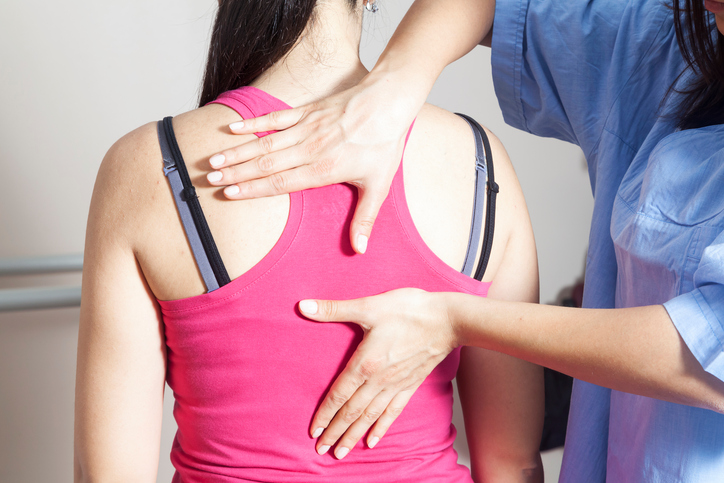Call us at: 559-450-3000
Spine
Did you know that 50% to 80% of people in the U.S. are affected by spinal pain at some point in their lives? And that low-back pain affects 50% of adults over the age of 60? You don’t have to let osteoporosis, arthritis, and resulting back and neck issues keep you on the sidelines.

When should you seek out spine care?
- Symptoms started after an injury
- You are concerned, or aren’t better within 3 days
- Immediately, if you have any of these symptoms or conditions:
- Shooting pain, numbness, tingling, or weakness in your arms or legs
- Continuous or severe pain while lying down
- Older than 50 years old and have not had back pain before
- Can’t touch your chin to chest or stand up straight
- Difficulty with balance or walking
- Change in bowel or bladder habits
- History of cancer or osteoporosis
- Take steroid medication
- Use drugs or drink a lot of alcohol
- Unintended weight loss
- Fever that does not subside
Strengthening your spine is important
Back pain is more common as we age− but it doesn’t have to be a normal part of life. With some preventive action and lifestyle changes, you can fortify your bones and joints − and the muscles surrounding your spine −so that if you don’t already have spine issues, you can work on avoiding them as you get older.
- Exercise to remain flexible, strengthen muscles and ligaments that support your spine, and help keep your weight within 10 pounds of your ideal.
- Weight-bearing exercise such as walking helps to build bones. Water aerobics, bike riding, and elliptical trainers are great for flexibility, your heart, and weight, but they don’t build bone.
- Learn good body mechanics. See a physical therapist or physiatrist to learn how to lift, turn, sit, stand, bend, perfect your posture, and sleep without straining your back.
- Resist repetitive stress injuries. Take frequent breaks and stretch.
- If you smoke, stop. Smoking decreases the blood supply to bones and joints.
- Get a DEXA scan to find out if you have or are at risk for osteoporosis.
